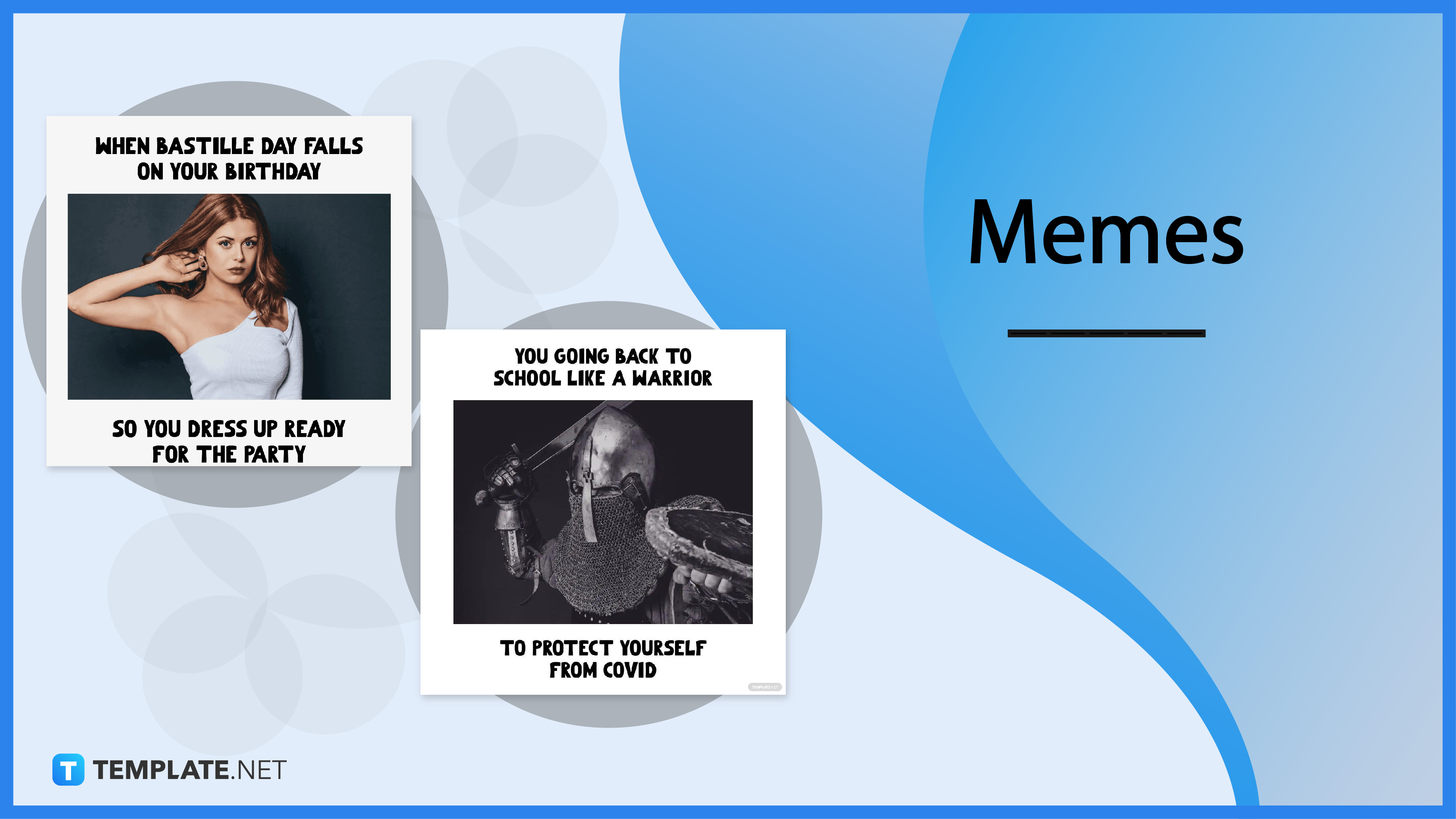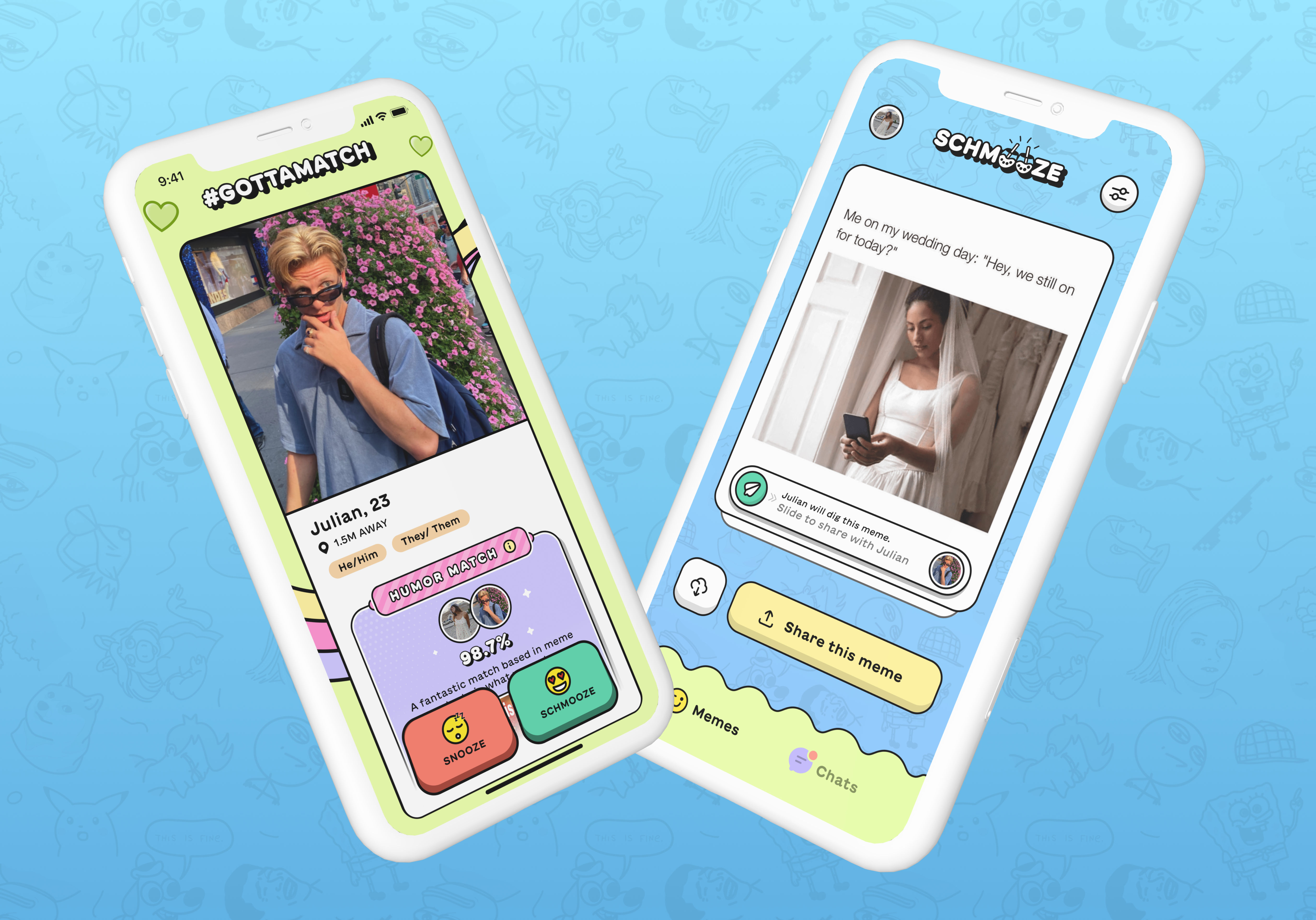
Where can I sell React templates?
Are you a developer looking to monetize your creative abilities with React? Have you developed unique and functional React templates and are contemplating the right platform to sell them? Perhaps you are unsure of how to turn your skillsets into a steady stream of revenue? These questions hint at the multilayered aspects involved in selling React templates, and indicate an opportune market waiting to be capitalized upon.
Various statistics and comprehensive analysis of the industry depict a growing demand for React templates. A report by Statista (2020) highlights increased usage of library React in web development, implying a pool of potential customers for your React templates. Moreover, a survey conducted by StackOverFlow (2021) confirms the surging popularity of React.js among professional developers. Yet, despite this market need, many developers grapple with the question of where to sell their React templates, reflecting a vacuum laboring for attention. Hence, it becomes vital to present a well-considered guide, focusing on the best platforms to sell React templates, a sure way to address this pressing industry need.
In this article, you will learn about various platform options where you can sell your React templates. We will delve into exploring the significant marketplaces, understanding their policies, commission structures, user experience for both sellers and buyers, reputation, and other vital considerations. We will also spotlight the opportunities and challenges associated with each of these platforms to help you make a more informed decision.
Expect to have a detailed understanding about marketing and selling your React templates, encompassing everything from the best-suited platforms to listing considerations, post-sale support, and more. With this strategic guide, you envision to unlock the untapped value of your React templates and turn them into a lucrative venture.

Definitions and Key Concepts About Selling React Templates
React templates, a system of files that provides a starting point for creating new projects in React, a popular JavaScript library for building user interfaces. Mainly developers use these templates to reduce the effort and time spent on the initial setup of a project. Various online platforms exist, where you can sell your React templates. They include ThemeForest, Creative Market, and CodeCanyon, among others. Here, you can monetize your skills and creativity by selling these templates to other developers. Such platforms also offer market visibility for your work, potentially reaching thousands of buyers worldwide.
Unleash your Potential: Top Platforms to Sell Your Stellar React Templates
Unveiling the Potential of React Templates
ReactJS has skyrocketed in popularity due to its responsive design and versatile user interface capabilities. As a developer, creating React templates not only hones your skills but also offers a potential income stream. With a surplus of digital marketplaces available today, intending to sell React templates is no longer just a dream; it’s now a viable and potentially lucrative activity.
To begin selling templates, the first step is to identify the right platform that suits your specific needs. The platform should provide maximum exposure to your product while also offering suitable profit margins. Online platforms such as ‘ThemeForest’, ‘Envato Market’ or even ‘Creative Market’, among others, harness a global user base where you can sell your premade React templates.
Tapping into the Template Marketplace
When choosing the platform to sell your templates, here are some factors that could influence your decisions:
- Commission Rates: Each platform has a different payment model. Some platforms offer higher commission rates than others. The choice depends on weighing the popularity of the platform against the profit margin.
- Exposure: Larger platforms provide exposure to a more significant customer base. However, this might mean more competition. Smaller platforms, on the other hand, might not have as many customers but might offer fewer competitors.
- Niche Oriented: Some platforms specialize in particular fields. If your template fits into these niches, it might be more lucrative to sell on these platforms.
- Usage Policy: Every platform has different usage policies. It’s essential to read and understand these, or you might find your product delisted or account suspended.
Apart from these digital marketplaces, another feasible channel where you can sell React templates is through personal networks. If you have a substantial follow count on social media or maintain a blog, it becomes an excellent medium to market and sell your templates. If the audience perceives that they can benefit from your template, be it a business, a service provider, or an individual, they might be willing to pay for it.
Finally, participating in forums, developer communities, and user interest groups will not only help you understand what clients are looking for but also provide a rich networking ground to promote and sell your React Templates. Remember, as with any product, success lies not just in creating an excellent template; it’s also about smart marketing, finding the right platform, and effectively reaching out to your potential customers.
Seize Your Moment: Profiting from Your React Templates on Popular Marketplaces
An Auspicious Start: Where Does the Monetization Journey Begin?
Ever wondered why some coders seem to be making a good income while you’re stuck in the grunt work? The secret often lies in their ability to monetize their skills in unique ways, one of which is selling React templates. High-quality React templates are in great demand, as businesses and developers are perpetually looking for solutions that can expedite their development process and enhance the overall user experience. Selling your well-crafted React templates not only provides an additional stream of income but also helps you in establishing your reputation in the developer community. Websites like ThemeForest or WrapBootstrap offer incredible platforms to sell React templates.
Navigating Through the Challenges
However, selling React templates is not a simple walk in the park; there are hurdles. Your chosen marketplace won’t be the sole domain of you and your templates. Other talented developers will also be seeking to attract potential buyers with their quality offerings. One significant obstacle is creating an exceptional React template that stands out from the crowd. Your templates should not only be highly functional but also visually appealing, effectively documented, and easy to use. And yet, this is only half the battle. Once your ideal template is ready, you will have to offer excellent customer service responding to customer inquiries and feedback, providing updates, and even customization. Customers tend to lean towards sellers who show a high level of dedication and reliability, factors which are especially significant when your product is a digital asset.
Establishing as an Effective React Template Seller
When it comes to best practices, consistency and quality are two principles that every successful React template seller adheres to. To illustrate, consider the story of Sasha Prokhorov, a top-selling author on ThemeForest. He attributes his success to investing a significant amount of time refining his designs before launching them in the market. For him, quality overrides quantity, and hence he focuses on creating fewer high-quality templates, which offer great value, rather than inundating the market with numerous mediocre ones. For a more customer-oriented approach, Robert Smith, another successful template seller on WrapBootstrap, focuses on superb customer service. He believes that responding promptly to buyer inquiries and requests, providing regular updates, and offering extensive documentation for his templates earns customer trust and eventually leads to repeat purchases. Both approaches underscore the importance of keeping customer satisfaction at the heart of your distinctive selling practices.
Achieving Greater Heights: Innovative Ways to Sell Your Expertly-Crafted React Templates
Pondering the Power of React Templates
Have you ever thought about the true extent of React templates’ financial potential? There is a global market yearning for unique, high-quality React templates, and you are sitting on a gold mine if you can tap into these demands effectively. Highly flexible and easily reusable, these templates are smart coding shortcuts, reducing redundant tasks and bringing a greater level of efficiency. For businesses and developers, they shrug off heavy lifting of coding part, save time, and streamline workflow. Thus, they are ready to pay a decent price for a well-crafted React template. Moreover, selling React templates is not just about making a quick buck; it presents an opportunity to transform your coding skills into a thriving business.
Tackling the Hurdle
The primary obstacle that’s holding back many potential React template sellers is the lack of knowledge concerning where to sell their creations. Despite having multiple platforms available to showcase products digitally, only a few deliver suitable environments for React template transactions. The vital factors to consider are site popularity, transaction security, revenue sharing plans, and target audience appropriateness. Simply making a brilliant product is not sufficient to guarantee success; you need to select the right marketplace strategically to maximize the return on your skills and efforts.
Prime Platforms for Profits
So, which platforms cater best to this specific market? Various notable online markets specialize in digital template sales, with a wide user base that can boost visibility and enhance profits. The first port of call for many developers is ThemeForest, a part of the Envato Market. It’s a giant digital marketplace, where creators can sell everything from CSS templates to full-fledged React themes. Another effective platform for selling React templates is Creative Market, which offers creators up to 70% of each sale without exclusive agreements, giving them the freedom to sell across other platforms concurrently. CodeCanyon, another segment of Envato, is the biggest marketplace for buying and selling scripts, plugins, and frameworks, including React templates. Lastly, personal websites or blogs also offer a viable option. With the correct SEO practices, social media promotion, and client referrals, self-hosted platforms can provide sustained success in React template sales.
Conclusion
Could you explore a new financial avenue through the sale of your React templates? To conclude, trading your React templates can set you on a path to an additional stream of income and extend your programming skills beyond just coding. The market for React templates has been growing rapidly, with more web developers and companies looking for pre-built solutions to save time and costs. By understanding where and how to sell these templates, you could transform your skills into a successful side hustle or potentially a full-time job!
We highly encourage you to stay connected with us and continue expanding your knowledge about this dynamic and potentially lucrative field. We’re always updating our blog with fresh insights and tips related to React templates, web development, and a host of other relevant topics. Whether you’re a seasoned developer or a beginner, our blog is a gold mine of information designed to keep you ahead of the curve in the ever-evolving scene of web development.
Our future posts are poised to bring more exciting and crucial updates, latest trends and insights that could make a difference in your React templates selling journey. So, keep a close watch on our blog and don’t miss out on the opportunities that lie ahead. Selling React templates is not a run-of-the-mill endeavor and requires you to stay updated with the latest market trends. So, get ready for a series of enlightening posts that will arm you with all the information you need to win in this arena. The journey is sure to be as exciting as it is rewarding!
F.A.Q.
1. Where can I list my React templates for sale?
Several online platforms for digital goods exist where creators can sell their React templates. The most popular include ThemeForest, Creative Market, and CodeCanyon.
2. How can I price my React templates?
Pricing is largely dependent on the complexity of your React templates and the perceived market value. Normally, prices range from $10 to $50 per template, but premium templates with unique features and functionality can command higher prices.
3. Is it necessary to provide support for my sold React templates?
Yes, offering support is crucial for your reputation as a seller. Customers appreciate and may even expect prompt and effective support, which can lead to positive reviews and word-of-mouth referrals.
4. How can I improve the visibility of my React templates for sale?
Promotion on social media and developer forums can enhance the visibility of your templates. Also, providing detailed descriptions and previews of your templates will improve your chances of making a sale.
5. What legal considerations should I keep in mind when selling React templates?
When selling digital products such as React templates, it’s important to clarify the terms of use and any licensing requirements. This will protect both you and the buyer, and help to establish a clear understanding of what the purchase includes.












